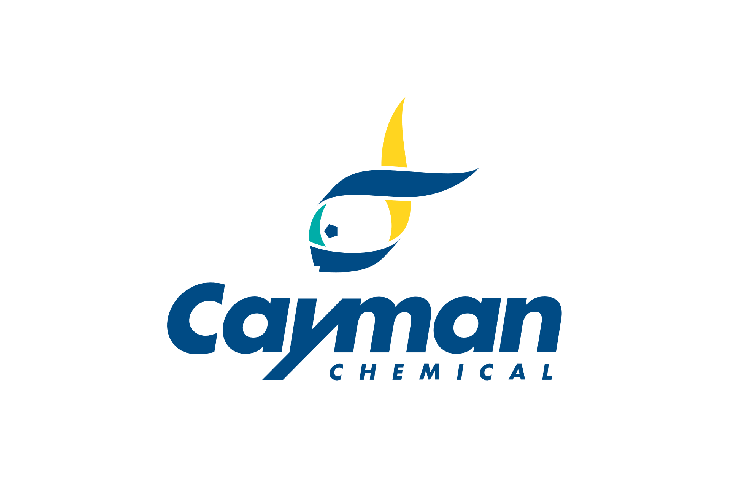Product description
Protein phosphorylation is an important post-translational modification that serves many key functions to regulate a protein’s activity, localization, and protein-protein interactions. Phosphorylation is catalyzed by various specific protein kinases, which involves removing a phosphate group from ATP and covalently attaching it to a recipient protein that acts as a substrate. Most kinases act on both serine and threonine; others act on tyrosine, and a number (dual specificity kinases) act on all three. Because phosphorylation can occur at multiple sites on any given protein, it can therefore change the function or localization of that protein at any time.{17293} Changing the function of these proteins has been linked to a number of diseases, including cancer, diabetes, heart disease, inflammation, and neurological disorders.{17295,17296,17297}In particular, the phosphorylation of tyrosine is considered one of the key steps in signal transduction and regulation of enzymatic activity.{17301} Specific antibodies can detect phosphotyrosine and are therefore helpful for facilitating the identification of tyrosine kinase substrates in vivo.{17302}
Specifications
Applications
WB, ELISA, ICC
Host
Mouse
Clonality
Monoclonal
Clone
13F9
Isotype
IgG1?
Supplier
Cayman Chemical
Shipping & storage
Shipping condition
Dry Ice
Storage temperature
-20°C
Do you have any questions about this product?
Order your product by email
Productname
Phosphotyrosine (Ascites) Monoclonal Antibody (Clone 13F9)
10222-100
By filling out this form, you are placing an order by e-mail. You will receive an order confirmation within one working day. The order cannot be modified after receipt of the order confirmation.
Request a sample
Productname
Phosphotyrosine (Ascites) Monoclonal Antibody (Clone 13F9)
10222-100
By filling out this form, you request a sample. You will receive an order confirmation within one working day. The order cannot be modified after receipt of the order confirmation.
Are you looking for specific products, alternatives or documentation?











